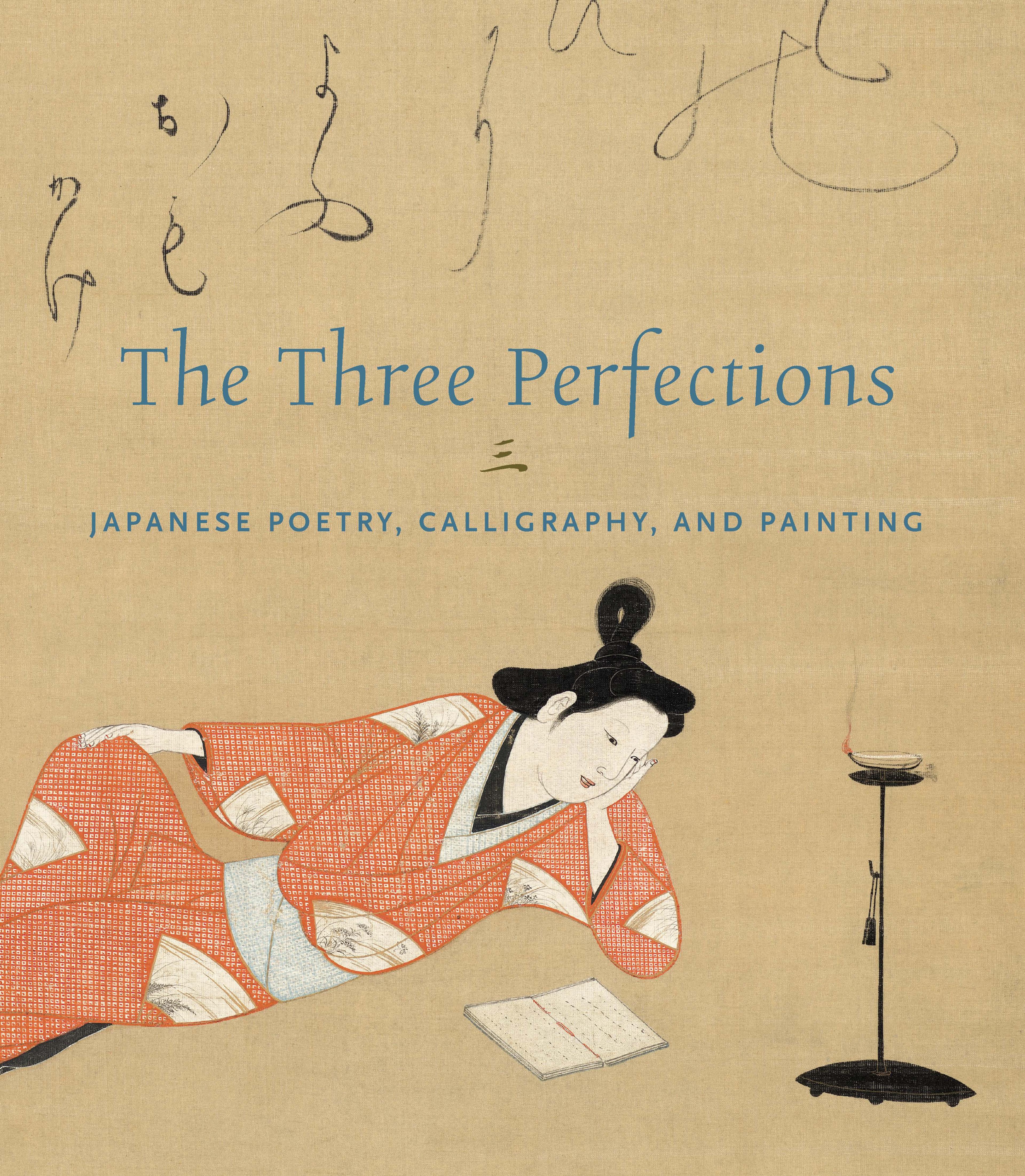The Lay Buddhist Vimalakirti
The enlightened lay practitioner Vimalakirti is said to have lived in the ancient city of Vaishali, in present-day India, during the time of the Buddha (sixth or fifth century BCE). He is renowned for his debate with Manjushri (Japanese: Monjū), the bodhisattva of wisdom. Here, Yiran Xingrong, the abbot of Kōfukuji monastery in Nagasaki, portrayed the sage Vimalakirti as if divine. At left, the Ōbaku monk Jifei Ruyi brushed an inscription that reads:
毘耶城裏逢師利 一塵清風洗白雲
In the city of Vaishali, he [Vimalakirti] meets with Manjushri [and says]:
“Within a speck of dust, the untainted breeze purifies the white clouds.”
—Trans. Tim T. Zhang
毘耶城裏逢師利 一塵清風洗白雲
In the city of Vaishali, he [Vimalakirti] meets with Manjushri [and says]:
“Within a speck of dust, the untainted breeze purifies the white clouds.”
—Trans. Tim T. Zhang
Artwork Details
- 逸然性融筆 即非如一賛 維摩像
- Title:The Lay Buddhist Vimalakirti
- Artist:Painting by Yiran Xingrong (Itsunen Shōyū) (Chinese, 1601–1668)
- Artist:Inscription by Jifei Ruyi (Sokuhi Nyoitsu) (Chinese, 1616–1671)
- Period:Edo period (1615–1868)
- Date:1665
- Culture:Japan
- Medium:Hanging scroll; ink and color on silk
- Dimensions:Image: 13 7/8 × 21 5/8 in. (35.3 × 55 cm)
Overall with mounting: 49 3/16 × 27 11/16 in. (125 × 70.3 cm) - Classification:Paintings
- Credit Line:Mary and Cheney Cowles Collection, Gift of Mary and Cheney Cowles, 2024
- Object Number:2024.412.11
- Curatorial Department: Asian Art
More Artwork
Research Resources
The Met provides unparalleled resources for research and welcomes an international community of students and scholars. The Met's Open Access API is where creators and researchers can connect to the The Met collection. Open Access data and public domain images are available for unrestricted commercial and noncommercial use without permission or fee.
To request images under copyright and other restrictions, please use this Image Request form.
Feedback
We continue to research and examine historical and cultural context for objects in The Met collection. If you have comments or questions about this object record, please contact us using the form below. The Museum looks forward to receiving your comments.
